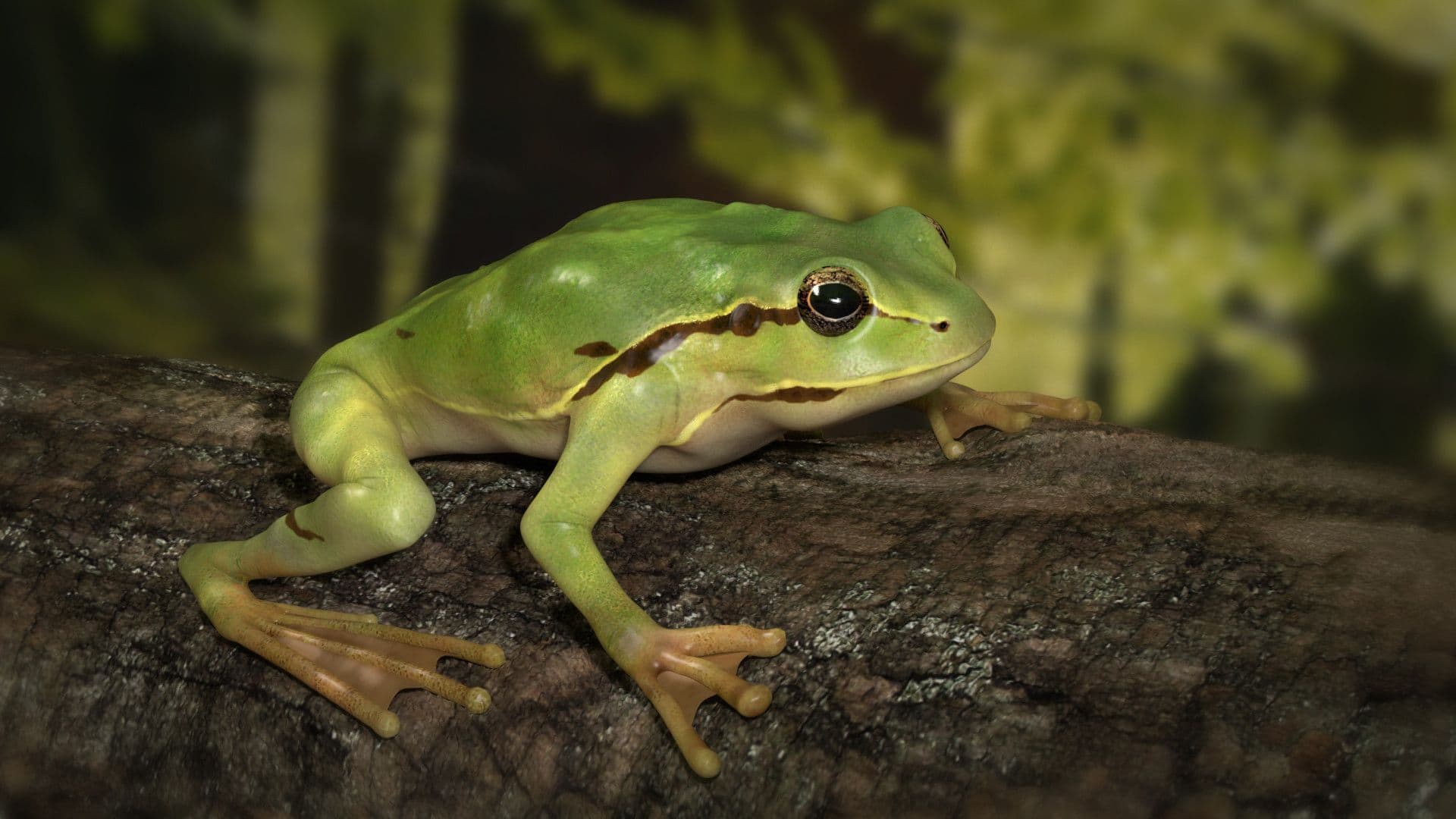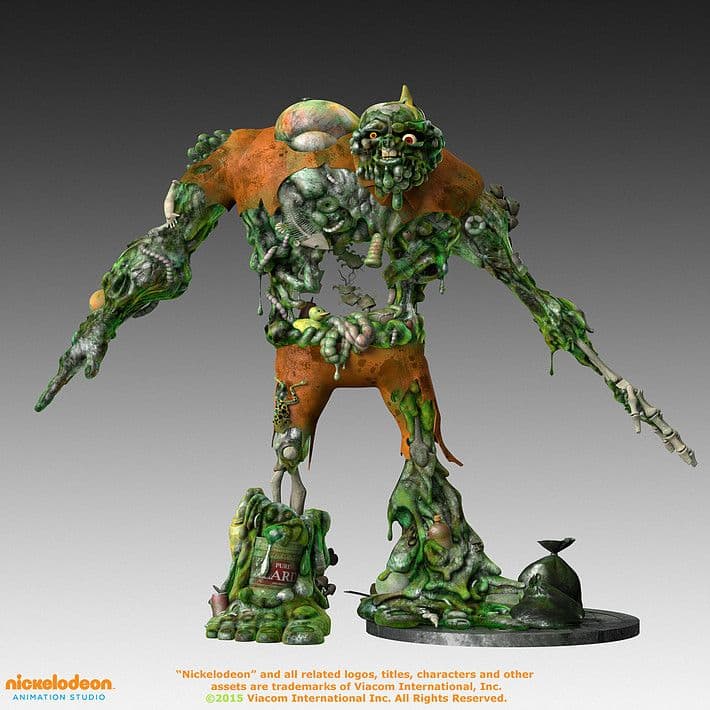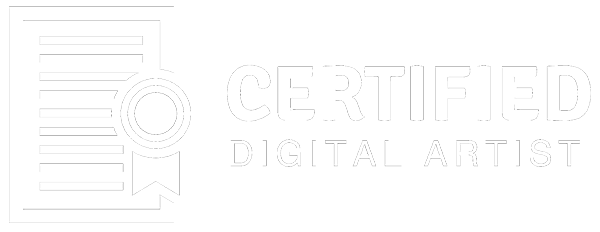Want a successful career working as a CG Supervisor at some of the world's leading VFX and Animation Studios?
Laura Hohman is a CG Supervisor at Nickelodeon Animation Studios in Burbank, California. Laura has worked in television animation for 9 years on a dozen properties for various major studios. She has moved her way up the totem pole from a green entry level artist to a CG Supervisor at Nickelodeon Animation Studios. Laura sits down with us to share her journey and advice to aspiring image makers, looking for an exciting and challenging career like her own.
The Journey
What's your current role and what does it involve?
I am a CG Supervisor on the new Rugrats at Nickelodeon Animation Studios. What doesn't my job involve?! My duties can change day to day, but mostly, I am responsible that all the CG is done on time, on budget, and to the full quality expected. This means managing our in-house team, as well as our international vendor studios. I also consult with the show-runners, writers, board artists, and producers on all matters concerning do-ability.
Where do you work, and what type of projects are they involved with?
I work at Nickelodeon Animation Studios in sunny southern California. We are a studio focused on family and children's content. Nick is known for its plethora of amazing content including SpongeBob SquarePants, Avatar The Last Airbender, Rugrats, Paw Patrol, on top of their large library of live action shows and movies.
When did you first realise you wanted to work in this industry?
Even though I grew up watching Saturday morning cartoons, I never thought of entering the industry until I decided that my first career choice wasn't for me (I wanted to be an astronaut… really...). I moved from science and math to art. Easy to say that many were surprised, but for anyone who understands Shading and Texturing, a lot of that understanding translates.
How did you get your first big break?
An alumni of my college vouched for me and helped me land an internship at Zoic Studios, a vfx house in Culver City, CA. Luckily, the time I moved to Los Angeles was booming for CG animation in the area. I quickly moved out of my internship into a role of a full time Texture Artist at Nickelodeon Animation Studios on the 2012 Teenage Mutant Ninja Turtles series.
Describe the journey you took into your current role?
I worked on TMNT for 5 years before transitioning into a Surfacing Artist position at Dreamworks Animation TV. I stayed there for 2 years before returning to Nick as a Lead Look Development Artist, and a few months ago being promoted to CG Supervisor. All the while, I have been working on online shorts to keep up skill sets (including "Duel", "La Noria", "Being Good", etc) and being active in the industry as a whole.
Day in the life
Describe a typical day for you and your team?
I start my days with much needed caffeine. Typically a cold brew. Then the day starts with a morning Producer's Meeting, where the show's leadership gets together to chat about any deadlines or news.
Next, I tend to check in with my CG leads and see who needs what and how everyone is doing. Then, I circle round to the Coordinators and PAs to see where we are with the schedule.
Depending on the day, I have between 1 - 6 meetings going over various topics. Sometimes we are troubleshooting ambitious ideas, or we could be handing out scripts to the board artists, or we could be checking all our designs before sending them to our vendor studios to build. Every day is different with its own flavour.
What third-party and proprietary tools do you use on a daily basis?
Most of our software and tools are off the shelf. We use Maya, Redshift, Zbrush, Substance, and Mudbox. Currently we do not have a studio wide artist tool creating team, so the Leads and their teams are mainly responsible for requesting or creating additional buttons/tools that come up on the day to day.

Which departments and key people do you work closely with?
I work closely with multiple teams and departments. Usually it's me and my show, so the CG Leads, Executive Producer's, Line Producers, Coordinators, Art Director. Yet now and then there are our Network Executives, overseas Vendor contacts, and other show leadership. Nickelodeon is a very close knit community and it allows us to have exposure with much of the process.
Are there any industry trends that are changing the nature of your role?
So many! The industry is constantly shifting and changing, and with that our studio is always adjusting and pushing boundaries. Though we don't use it in our production, I am currently watching real time engines, Houdini workflows, scanning, and many other amazing techs that come out monthly.
One thing you’d never change about your job?
I love being a part of something. As CG Sup, I am able to creatively contribute to my show on so many levels. I have an incredible team, which I am so proud to be working with.
But one thing you wouldn’t mind seeing changed is?
As with everything else, I wish we had more time, more people, and more money!
Career Advice
Is formal education essential for someone aspiring to do your job?
Not at all. CG Supervisor is built off of learned experience and your ability to think ahead. I have seen some incredible artists who have never been formally trained. It doesn't matter anymore. It's all about what you can do.
What skills do you look for when hiring an artist?
I look for core skills first. Does their demo reel or portfolio show complex thinking, attention to detail, and tell a story/a history? Then in the interview process, can this person fit in with the environment and team dynamic? Are they troubleshooters, someone who will look for their own answers? Also, does this person have any ego? A bad attitude is the first thing that will disqualify you in my books.
Describe a project brief that you’d recommend artists create for their portfolio?
I love to see someone work with others to create images, rather than take something start to finish themselves. It shows that the artist can work in a team, which is very important. I also love to see people have multiple styles on their reel. Working in TV, there are a lot of different shows and if you have a variety of looks you can reproduce, you are more likely to fit what we are looking for.
What mistakes do you see artists making when applying for jobs?
Don't apply for a job you don't want. If you are applying for a lighting position, don't send us your modeling reel. If you get in an interview for a texture artist opening, don't say you really want to be a generalist. Know the studio, the job, and what you want to do. Nothing is worse than wasting everyone's time.

If you could give one piece of advice to artists starting out, what would it be?
Make the art you want to make. Don't copy others out there who may be popular, be yourself. And keep learning outside of college and even outside of traditional classrooms. Personal projects are more valuable than class assigned ones.
If you could go back in time to when you first started out, what advice would you give yourself?
I would tell my younger self to be less afraid. To enter contests and put my art out there to get critiques. It took me a long time to feel comfortable showing my art and my progress was slow because of it.
You can find more of Laura's amazing work on Instagram.


